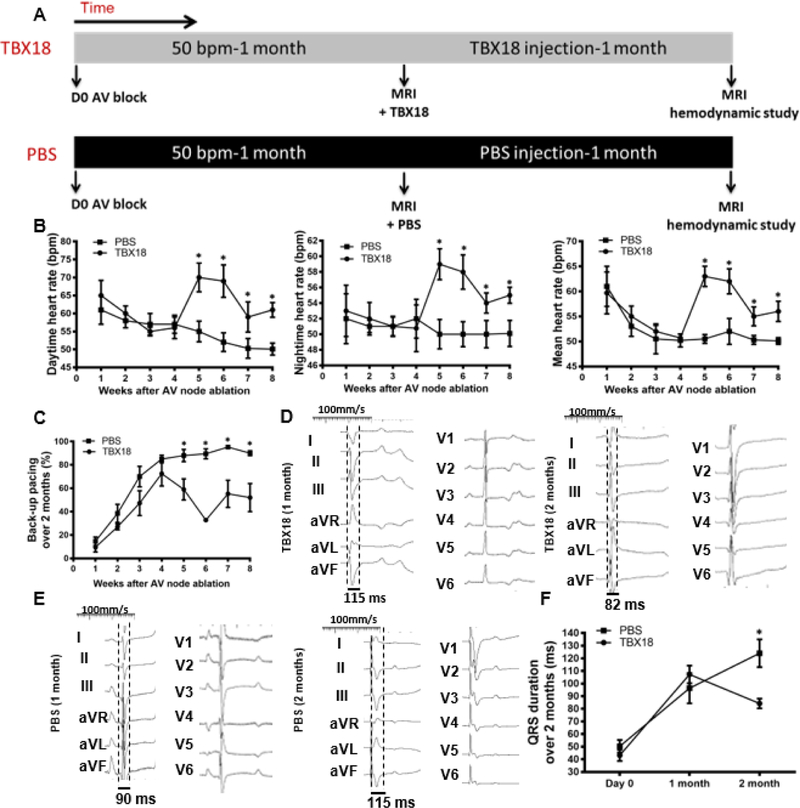Figure 6: Group B – Rescue protocol: changes in heart rate, backup electronic pacemaker utilization, and electrical remodeling in TBX18 antegrade biological pacemaker-treated animals compared to controls.
(A) Rescue protocol comparing TBX18 vs. PBS control. Like group A, AV block was induced in 10 animals. Following a functional evaluation by MRI after 1 month, animals received a His bundle region injection of either PBS as a control (n=4), or TBX18 (n=6). (B) Diurnal and mean 24-hr heart rate over the course of the study, endpoint heart rate was superior in TBX18 pigs (Day: 55±1.4bpm PBS, vs 62±2bpm TBX18, p=0.01; Night: 50.8±0.4bpm PBS, vs 54±1.1bpm,TBX18, p=0.03; Mean: 50.1±.0.6bpm PBS, 56±2bpm TBX18, p=0.05) (C) Electronic pacemaker usage over 2 months following gene transfer was lower in TBX18 pigs in control pigs (95±1.6% PBS, 53±8.2% TBX18, p=0.003) (D-E) Representative 12-lead QRS morphology in both groups at endpoint. (F) Group B QRS duration over the 2-month study. At endpoint (105±2.1 PBS, vs 54.8±1.3 TBX18, P<0.001).

